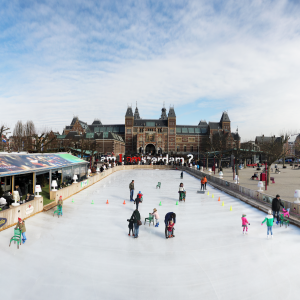
AM01_Am I Amsterdam?_Amsterdam
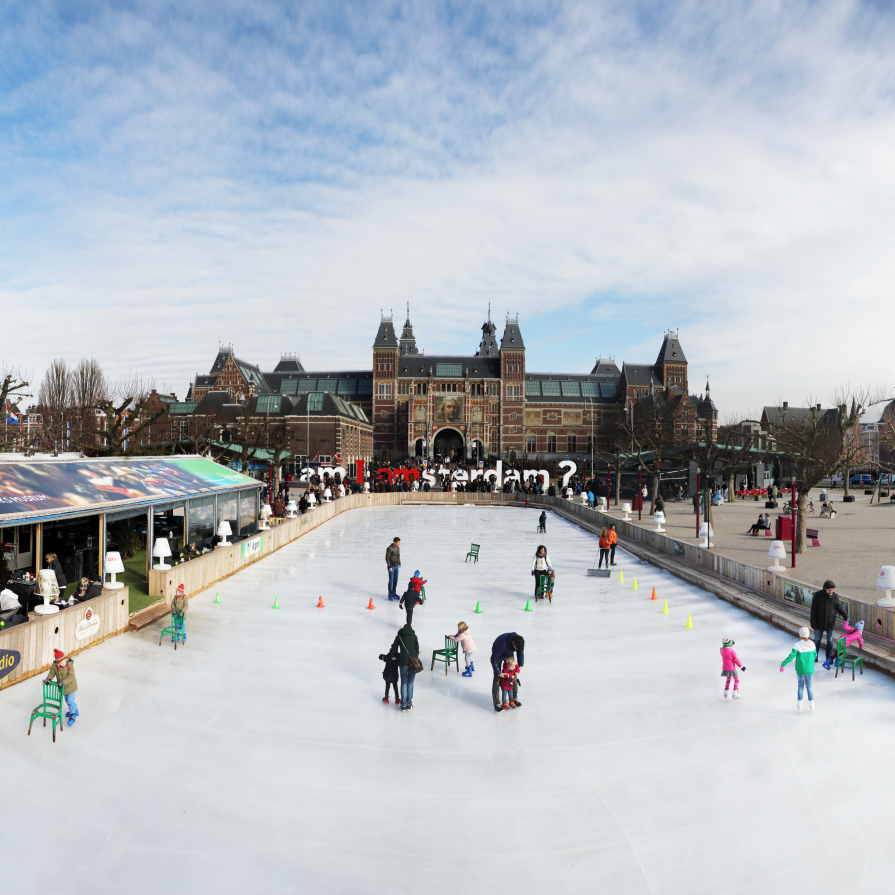
At the beginning of the 21st century Amsterdam lost its position among the top five European tourist destinations. In 2005, “I amsterdam” letters were installed in front of the most famous museum of the city as part of the city’s rebranding campaign that aimed to attract more visitors. Nine years later, Amsterdam, with 830,000 permanent residents, received 17 million visitors in a single year. The number of tourist shops increased rapidly, many local businesses were expelled from the city centre and residential housing became scarce or too expensive. As a consequence, criticism arose about the process of touristification of the city, leading to anti-hotel protests from citizens who symbolically chose the slogan-sculpture “I amsterdam” for their demonstrations.
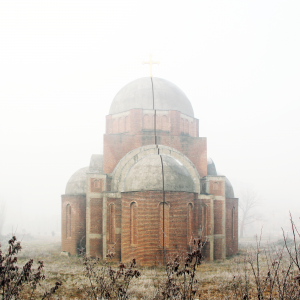
PR02_The Split Up_Pristina
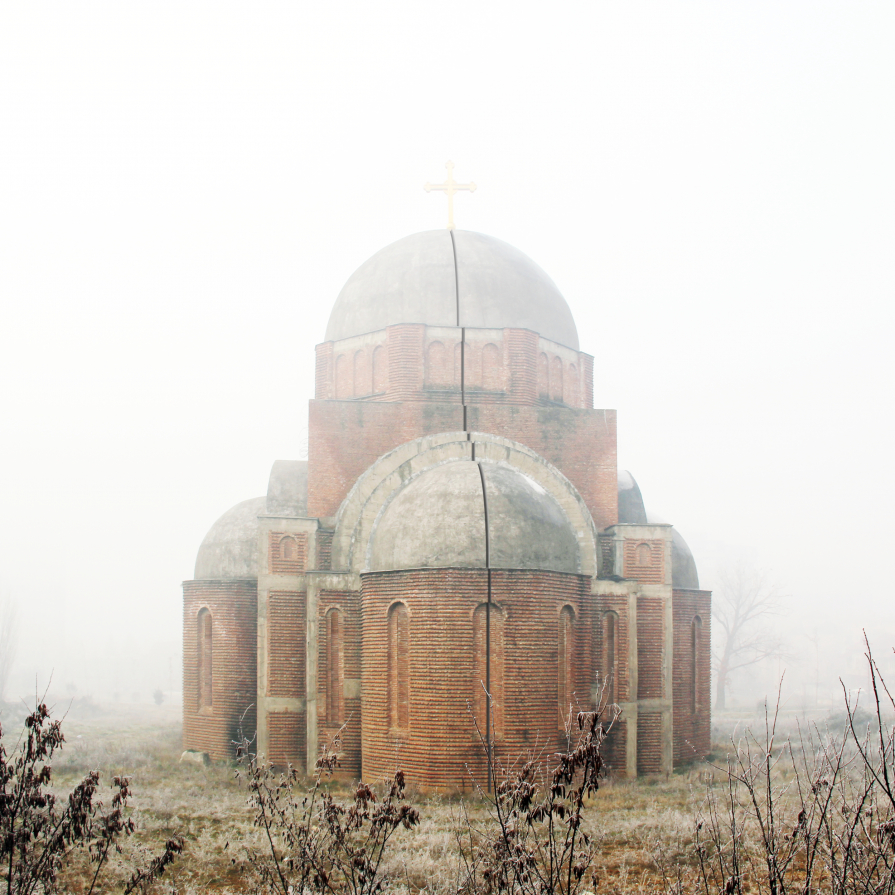
In 1995 construction began on the Orthodox Cathedral of Pristina. At the time, it was perceived by the majority Albanian population as a Serb nationalist aggression initiated by Milosevic. Its construction was stopped in 1997 due to the war and, since then, its unfinished structure stands in the fog as a mysterious sculpture. Some groups have requested its demolition, arguing that it was built for political and not religious reasons. Others defend its preservation for use as a church. And a few would prefer to transform it into a museum. The cathedral, which was bombed and attacked during the war, forcing NATO to protect it, is today in people’s minds the living witness and symbol of the division of Kosovo.
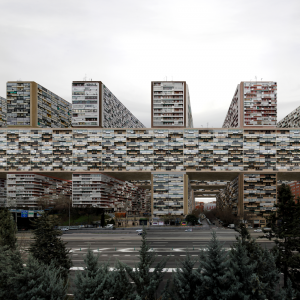
MA02_The Honeycomb_Madrid
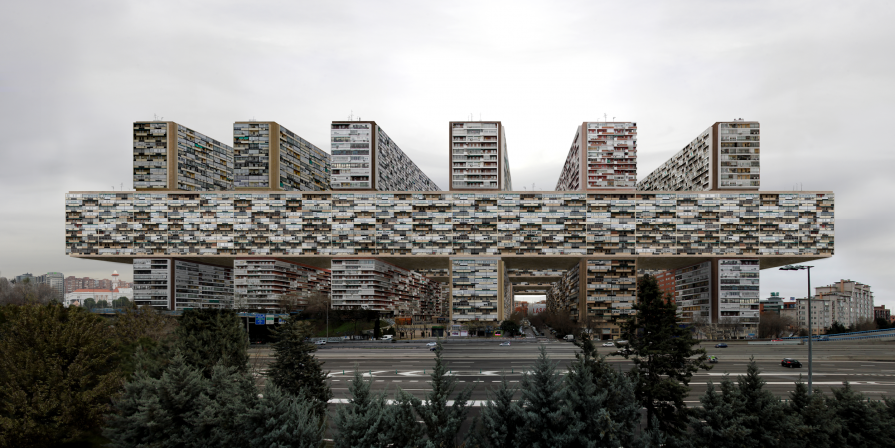
The Concepción neighbourhood is a dense urban development built in 1956 during Franco’s dictatorship to host the massive arrival in Madrid of workers from rural areas. In 1984, Pedro Almodóvar used the neighbourhood as the backdrop for his movie “What have I done to deserve this?”, which describes the life of Gloria, a frustrated housewife and amphetamine addict who lives in a small apartment with her macho husband, her hustler son, another drug dealer son, and her neurotic mother in law. The neighbourhood consists of 10 large housing blocks that are home to more than 20,000 people. Over the decades residents have personalized their balconies in different ways, creating a vibrant and constantly evolving organism popularly known as “the honeycomb”.
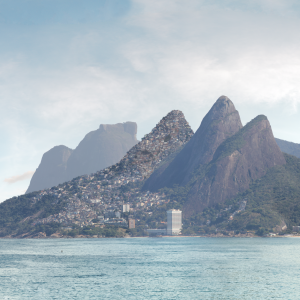
RI01_Três Irmãos_Rio de Janeiro
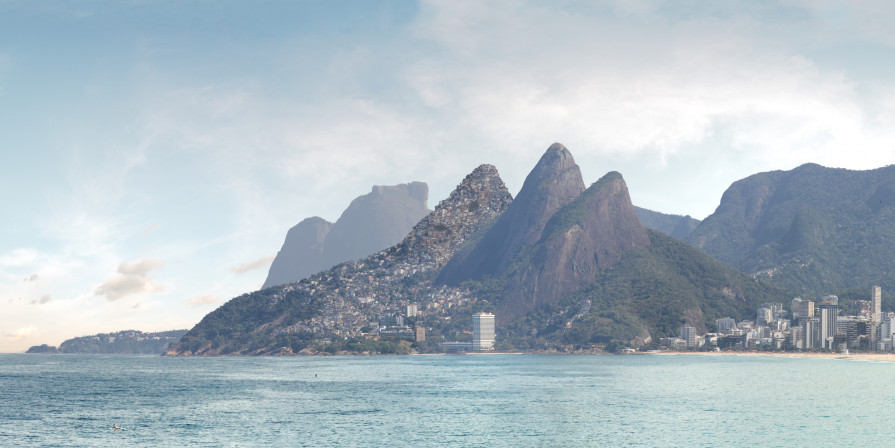
The pacification of the Vidigal favela in 2011 attracted many buyers to invest in the slum due to its privileged views over Ipanema Beach. Rumours that famous people, such as David Beckham and Madonna, were among those who had bought houses in Vidigal contributed to driving up the price of land. Paradoxically, the favelas, which were initially built illegally by the poorest people in the most inaccessible areas, are becoming the most desirable places to live, only affordable for the richest people. As David Harvey predicted, favelas like Vidigal will be the next target of the uncontrolled speculation that could transform the many iconic hills of Rio as Dos Irmãos into massive dense artificial landscapes.
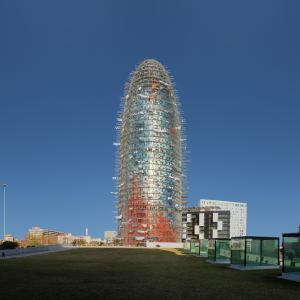
BA01_The Cactus Tower _Barcelona
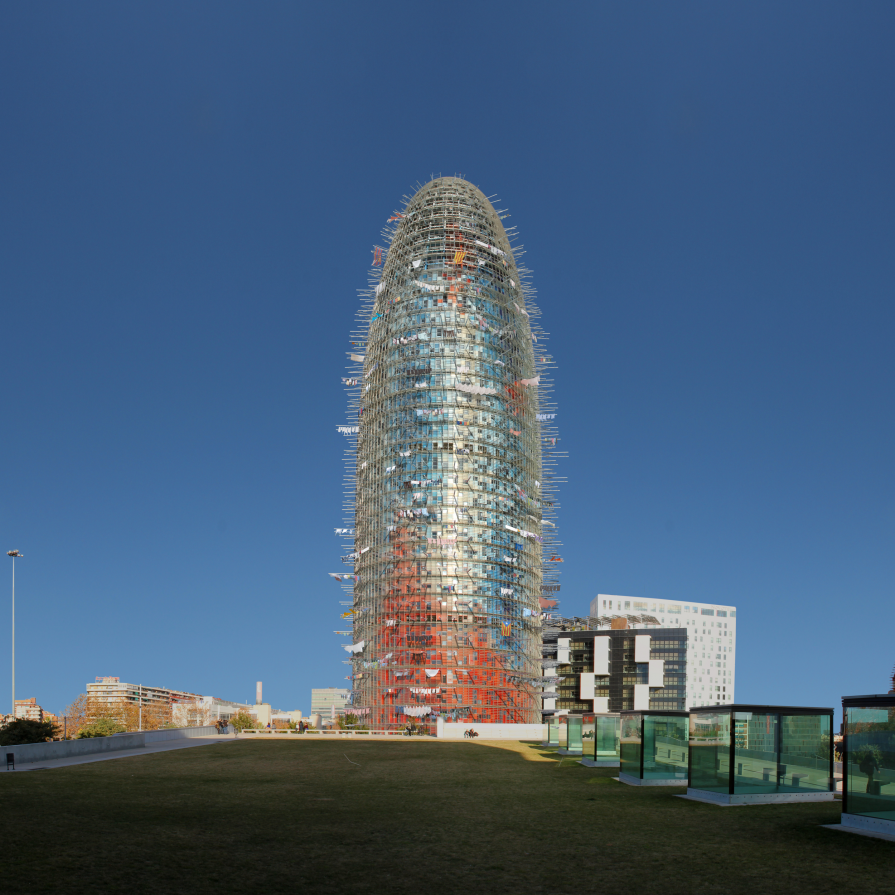
Agbar Tower was built in 2005 to host the headquarters of Aigües de Barcelona [Barcelona’s water company]. The need to justify new urban icons with symbolic meanings led the architect Jean Nouvel to describe the tower as a great geyser rising into the sky, although Barcelona residents refer to it as “the suppository”. In 2013, the tower was sold to Hyatt Hotels to transform it into a luxury hotel. But in 2015 the anti-eviction activist Ada Colau was elected mayor of Barcelona and the licences for new hotels were put on hold with the aim of halting the process of touristification of the city, giving priority to other urgent problems such as the lack of affordable housing. The functional transformation of the tower from an office building into residential housing involves also a symbolic shift from suppository to cactus.
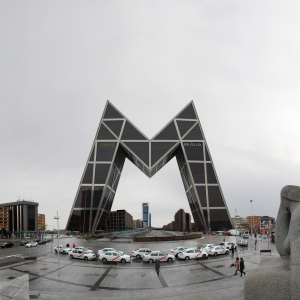
MA01_Capital M_Madrid
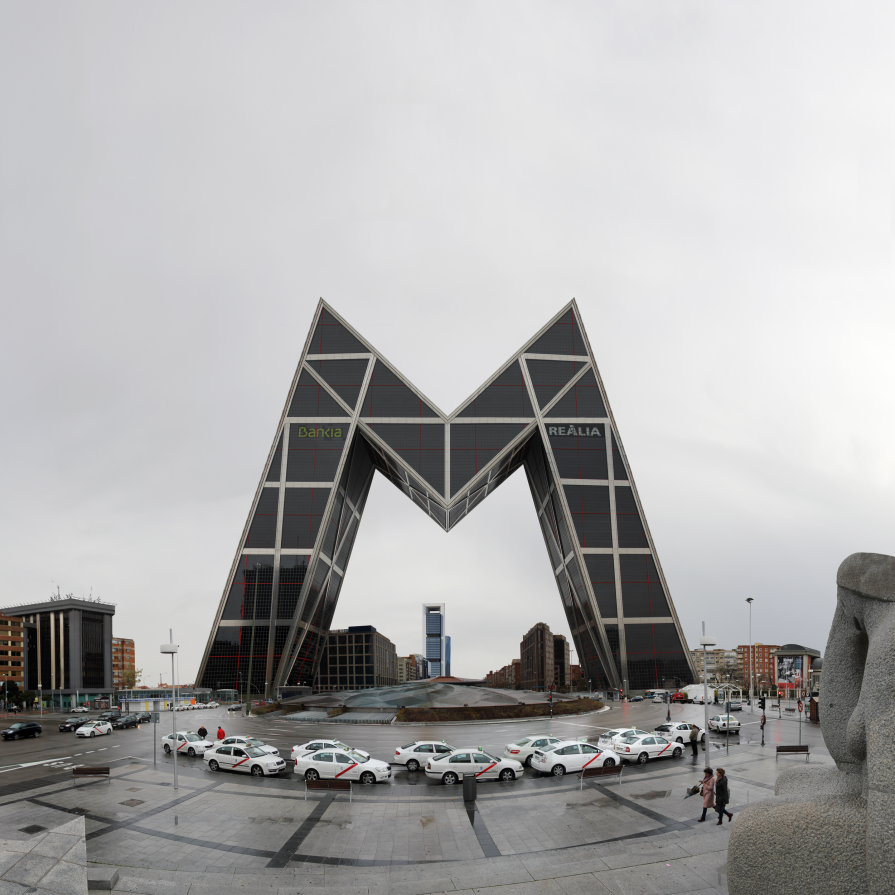
In 1996, the renowned American architect Philip Johnson built the first complex with inclined towers in the world, Puerta de Europa (Gate of Europe), in Madrid. But in the collective memory of the Spanish people, this urban icon is not remembered for its architectural excellence, but as a symbol of the bad banking practices that resulted in many Spaniards losing their savings. The bankruptcy of Bankia, one of the buildings’ owners, dragged down part of the Spanish banking system, which had to be bailed out by the European Union. For years, the media illustrated the Spanish financial crisis using the iconic image of the two towers that appeared to be collapsing, asking for symbolic support.
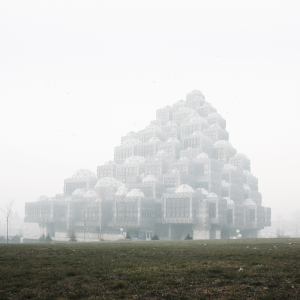
PR01_Babel_Pristina
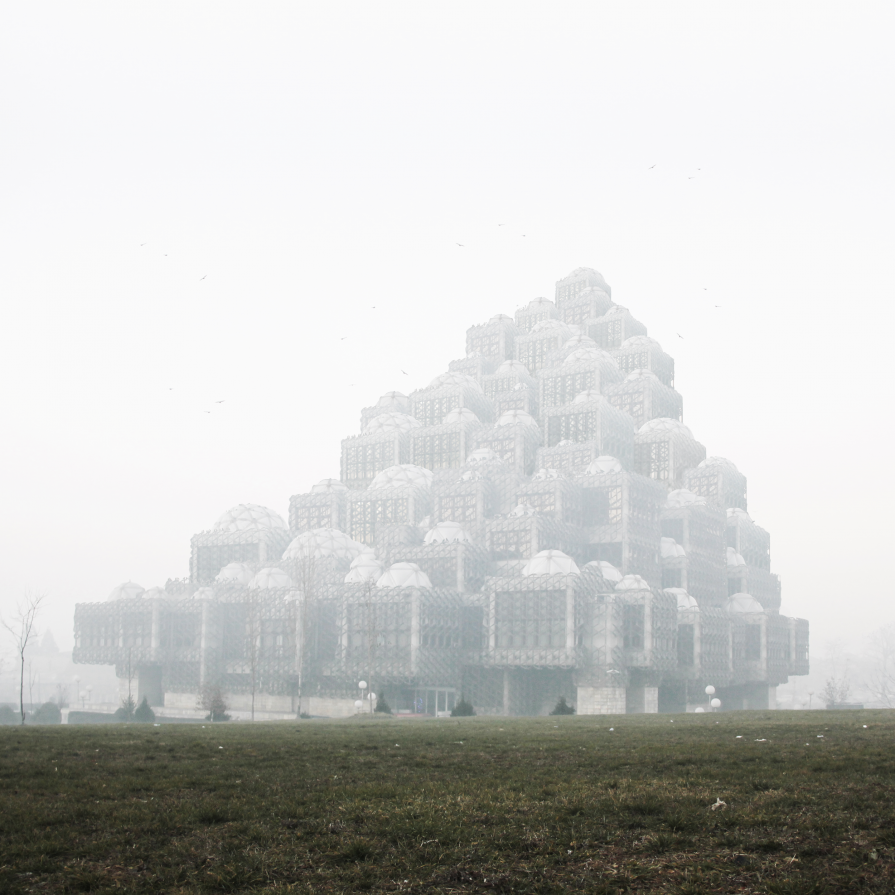
Like in a film by Emir Kusturica, the National Library of Kosovo emerges from the fog of Pristina as a growing organic structure. The building was opened in November 1982 and became a national symbol. In the 90s, during the war in Kosovo, it was used by the Serbian Army as a command centre. During that period, the building became a symbolic battlefield for ethnic cleansing and 100,000 books in the Albanian language were destroyed. After the war, the library was enriched with 30,000 new titles and the collection reached 2 million volumes after the Kosovo declaration of independence in February 2008.
SPECULATIONS
Each speculation is a visual poem that transforms our perception of a specific place with an aesthetic purpose. These transformations also produce symbolic mutations that raise questions about intertwined global phenomena such as land speculation, gentrification, city branding, touristification, social segregation, or institutional, nationalistic and religious identity.
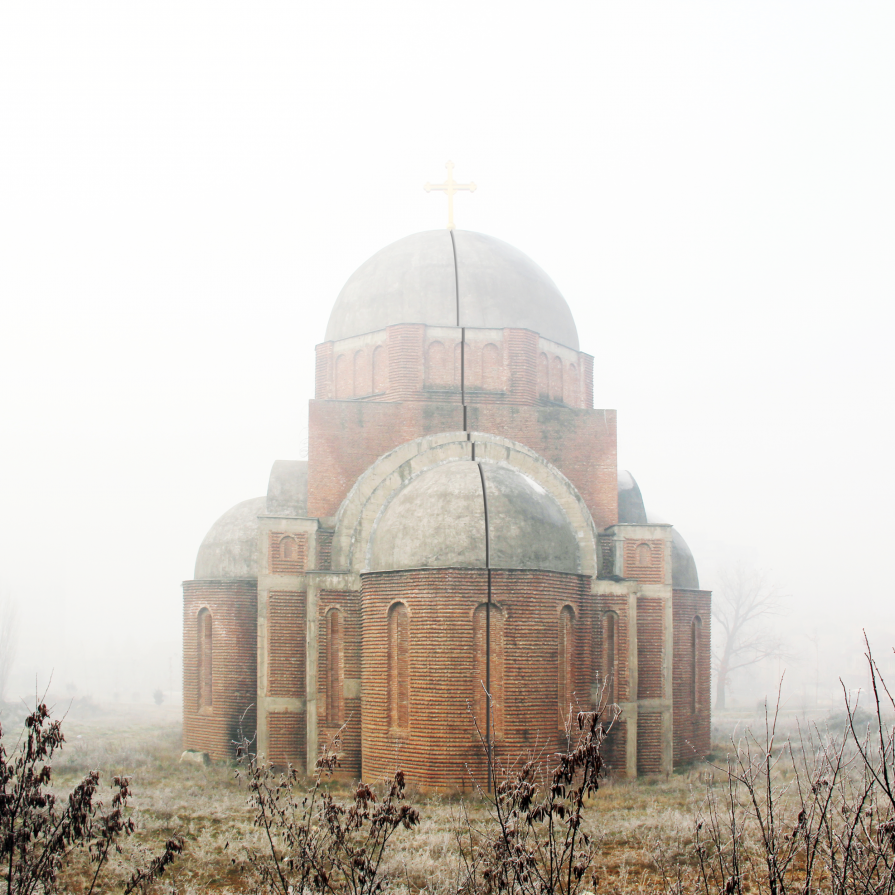






















Comments 0
Say something